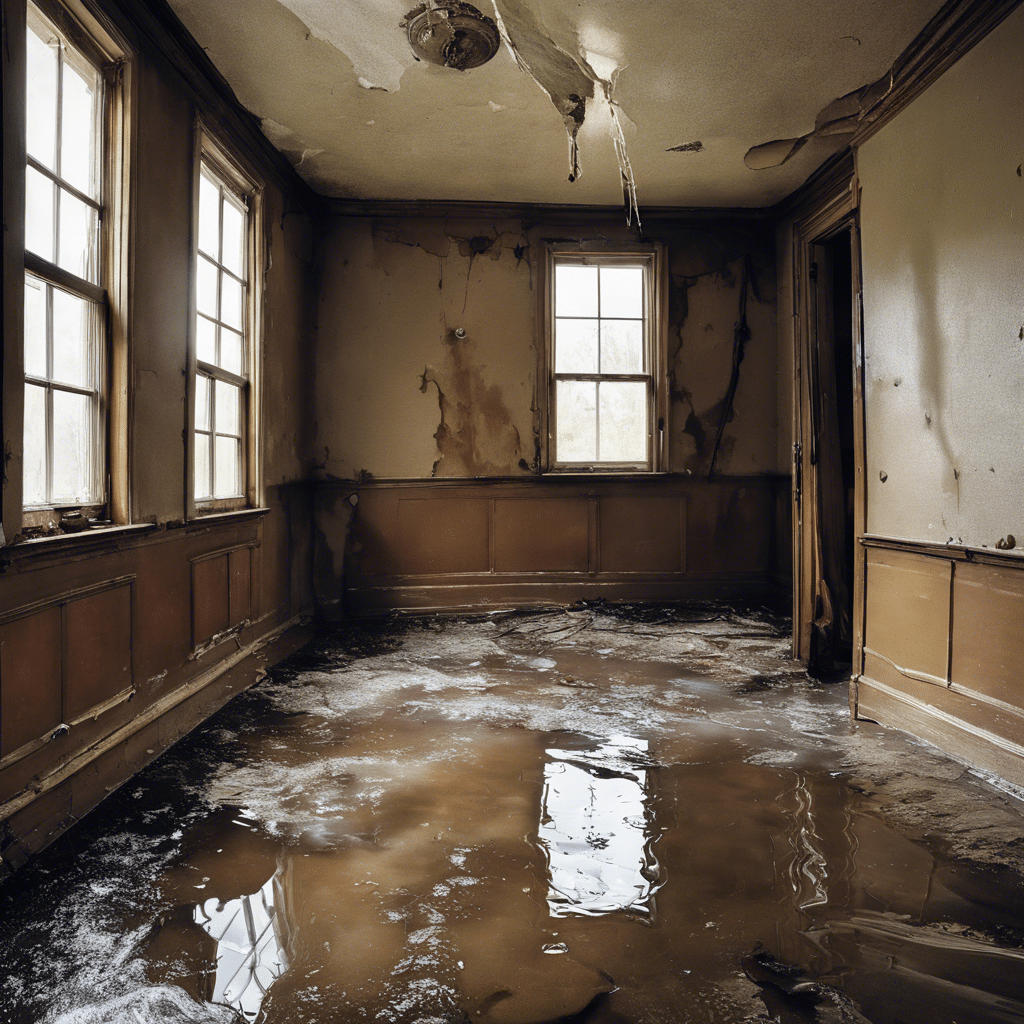Lancaster’s historic homes are more than just buildings; they’re living pieces of Pennsylvania’s heritage. From the charming row houses of downtown to the stately Victorian mansions in historic districts, these architectural treasures require special consideration regarding water damage prevention and restoration.
While modern homes can often be repaired with standard methods, historic properties present unique challenges that demand specialized knowledge and careful attention. Understanding these challenges is the first step in protecting your piece of Lancaster’s history.
Unique Challenges of Historic Lancaster Homes
Historic Lancaster homes often feature construction materials and techniques that aren’t commonly used today, such as old-growth timber and horse-hair plaster. These traditional materials can react differently to water damage than modern building materials.
Many historic homes in Lancaster were built before modern waterproofing methods existed. This means they may have inherent vulnerabilities that must be addressed while preserving their historic character.
Previous repairs and modifications over the decades can create unexpected water pathways within walls and foundations. What worked as a fix in 1950 might be causing problems today.
Stone foundations, common in Lancaster’s historic homes, present their challenges. They often require specialized treatment to prevent water infiltration while maintaining their structural integrity and historic appearance.
Modern Solutions for Historic Properties
Today’s technology offers ways to protect historic homes without compromising their character. Non-invasive moisture detection tools can identify potential problems before they cause visible damage.
Modern waterproofing techniques can be adapted to work with historic materials. We’ve successfully protected many Lancaster historic homes using methods that respect both preservation guidelines and the need for effective water management.
Smart monitoring systems can now be discreetly installed to warn early about water issues. These systems can detect problems long before they become visible to the naked eye.
Interior drainage solutions can be designed to work within the constraints of historic properties. We often create custom solutions that protect the home while remaining hidden from view.
Prevention and Maintenance Strategies
Regular inspections are crucial for historic properties, especially where original materials meet later additions. These transition points are often vulnerable to water infiltration.
Proper drainage is essential but must be done with an understanding of how historic properties were designed to handle water. Sometimes, original drainage systems can be restored rather than replaced.
Documentation of any water-related issues and repairs is crucial for historic homes. This information helps create more effective long-term preservation strategies.
It is crucial to work with contractors who understand historic preservation requirements. All modifications must comply with historical district guidelines and protect against water damage.
Protecting Your Historic Property
At Compleat Restorations, we understand that owning a historic Lancaster home is both a privilege and a responsibility. Our team has extensive experience working with historic properties throughout Lancaster County.
We know the importance of maintaining the character and integrity of your historic home while protecting it from water damage. Our specialists are trained in both modern restoration techniques and historic preservation requirements.
Every historic home is unique, so we offer customized assessments that consider your property’s specific architectural features and preservation requirements. We can help you develop a water management plan that protects your home while preserving its historic value.
Contact Compleat Restorations today to schedule a specialized historic home assessment. Our team can help protect your piece of Lancaster’s heritage from water damage while maintaining its historic character.
Remember, preserving Lancaster’s historic homes requires a delicate balance of modern protection and historic preservation. Let us help you maintain that balance for generations to come.

